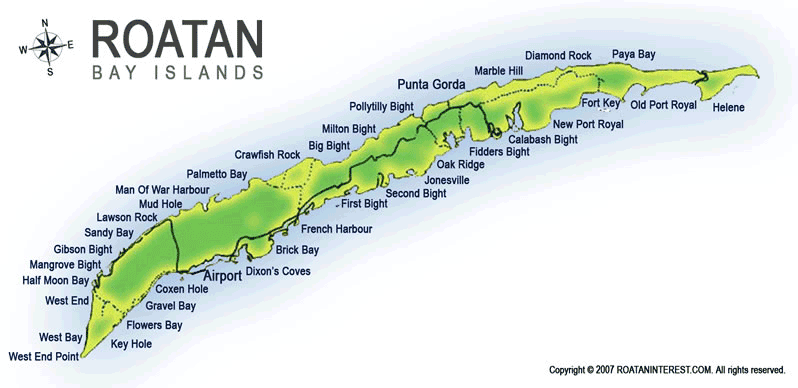It's a cycle.
But as you now have returned to Maine, understand that your physical impact of a visit to paradise, and everything you will now do back home, will continue to lead to the degradation of the reef. Have no doubt, we are killing the planet. Enjoy the ride. It is a downward cycle, but not as visible as you might assume to perceive.
Roatan's reefs are still pretty good. I'm glad you saw them once before, five years ago. To assume you can make a valid comparison by these two visits of what? 20 hours Bottom Time each of two visits?
About 2005 there was an earthquake. A huge slab of Coral slid off of the dive site Ankas Place. Posters here and elsewhere decried "the end of Roatan". Likely you dived Ankas Place in 2017 and didn't even notice.
I have been diving in the Caribbean since 1972. Back then, Cayman was spectacular, but even then, you could see that Jamaica, Grand Bahama, and Nassau were starting to be affected by siltation and run off sedimentation. The aforementioned are Lunar today.
I started the first of many trips to the Bay Islands in 1985. I have seen incredible degradation of the reef structure, but for what remains in general Caribbean, taking ease of access into account, it's "the best of what's left".
My Roatan diving is very widespread in terms of locale, Most have been diving North, or West/North, or West. Some very few Down East, a few more the South shore. I've done a lot of it in all those widely spaced places. A few people understand there are variations and figure that they're going to move, during their 1 week, around the island and try variations. Not happening. It took me ten years of constant repetitive trips, that- and a good friend with a boat.
The Down East dive ops offer a good presentation, but lesser access and dive-op I nfrastructure. They tout the good health of their localized reef, which is true, although claiming it is a result of fewer divers is either disingenuous or a display of absolute ignorance. The earth on the South side has been largely left undisturbed unlike the lesser valued North and West which local families gladly sold off. Less soil disturbance, less mangrove cutting, less siltation, better reef.
In terms of a unique marine environment, unlike any other in the Mar Caribe, you have seen it in the area of Roatan's South....CCV and the area of French Key, East to Oak Ridge- look at a map to know. Nowhere else will you find Sunlit Southern vertical walls, very shallow walls, that are the Nursery of the Ocean.
I know you, DolesOrchard have the perception to enjoy that environment, I totally agree with your perceptions of the diverse regions of Bonaire.
Nothing is improving, nothing is even holding ground, but it's nothing you can perceive through two visits spaced over five years.





